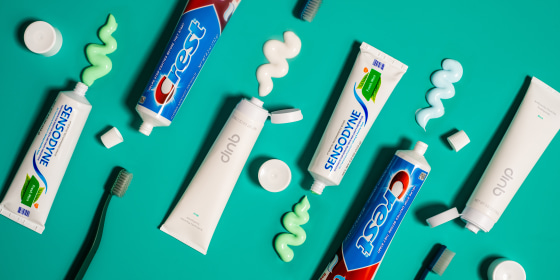

Market Overview:
The toothpaste market is experiencing rapid growth, driven by Rising Oral Health Awareness, Product Innovation and Variety and Retail and Online Access. According to IMARC Group's latest research publication, "Toothpaste Market Size, Share, Trends and Forecast by Type, Distribution Channel, End User, and Region, 2025-2033", The global toothpaste industry size was valued at USD 21.53 Billion in 2024. Looking forward, IMARC Group estimates the market to reach USD 29.63 Billion by 2033, exhibiting a CAGR of 3.43% during 2025-2033.
This detailed analysis primarily encompasses industry size, business trends, market share, key growth factors, and regional forecasts. The report offers a comprehensive overview and integrates research findings, market assessments, and data from different sources. It also includes pivotal market dynamics like drivers and challenges, while also highlighting growth opportunities, financial insights, technological improvements, emerging trends, and innovations. Besides this, the report provides regional market evaluation, along with a competitive landscape analysis.
Download a sample PDF of this report: https://www.imarcgroup.com/toothpaste-market/requestsample
Our report includes:
Growth Factors in the the Toothpaste Market:
The growing awareness of oral health and hygiene is the main driver for the toothpaste market. Consumers are increasingly aware of the benefits of oral care, such as preventing cavities and gum problems, while also contributing to overall oral health. Governments, dental associations, and health professionals promote oral health and hygiene through campaigns and initiatives, especially in developing areas where awareness has been relatively poor; as a result we are seeing an increase in brushing frequency, along with an upsurge of demand for various toothpaste products. Schools and community health programs frequently provide free samples of toothpaste and educational materials, and assist in early attempts at developing oral care habits which, in general, was resulting in an upward trend in toothpaste usage across demographics.
Toothpaste makers are always growing their product lines with different formulations to meet the needs of their customers. As we see increasing demand for more specialized products, there is also a growing appearance of whitening toothpaste, toothpaste for sensitivity, herbal toothpaste, and natural toothpaste. As manufacturers enter this area of product diversification they are also exploring advanced ingredients such as activated charcoal, baking soda, probiotics, enzymes, etc to improve product performance, while at the same time enhancing product appeal. These innovations contain elements of marketing scope that focus on visible results, and health benefits, as well as natural and/or sustainability considerations. Consumer preferences are clearly evolving, especially in urban markets, and product diversification enables manufacturers to align with those expectations in a productive, specialized way.
Wider availability in a variety of physical and digital retailing channels contributes greatly to growth in the toothpaste market. Toothpaste distribution networks have improved as toothpaste became widely available in supermarkets in emerging markets, in addition to local retailers and pharmacies. In emerging markets, consumers can now often shop for toothpaste conveniently through an online shopping platform or marketplace. E-commerce platforms offer additional convenience, the ability to explore new toothpaste brands or options without making trips to stores. Online marketplaces provide brands access to connect to their consumers digitally, allowing the opportunity to launch, get exposure for, and sell premium and specialty toothpaste. Subscription or delivery models for toothpaste are emerging, ensuring consumers will remain regular users of brands, while reducing consumer effort to repeat purchases, and promoting brand loyalty in urban or rural markets.
Key Trends in the Toothpaste Market: